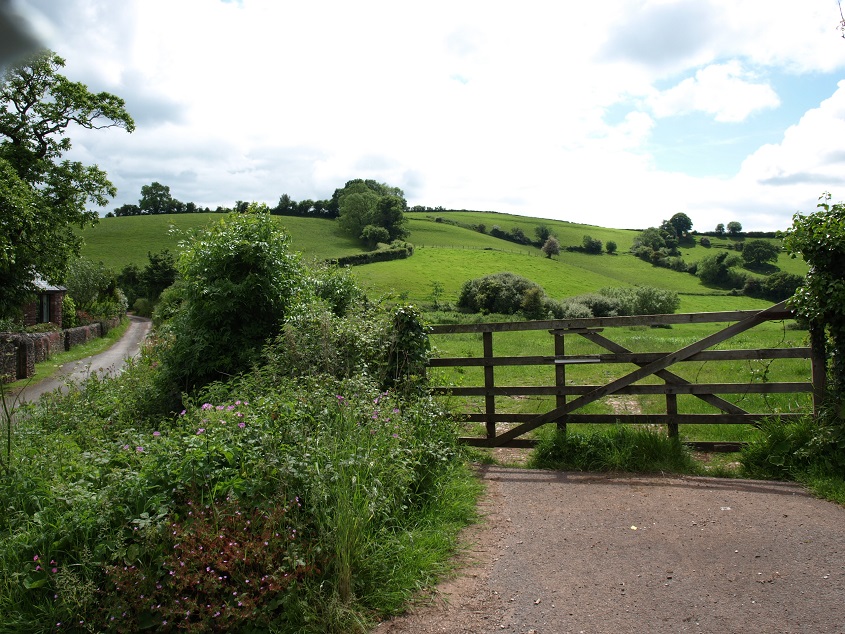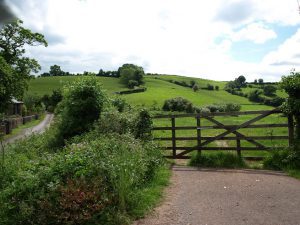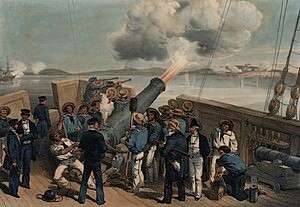For centuries the main way out of Torquay to our nearest town was the Newton Road – the route to the New Town of the Abbots set up by Torre Abbey around 1250. Now after 800 years the old road has become a secondary route. This allows us to journey quickly between the two towns. Yet, either side of the road there remain mysteries concealed behind the hedge rows.
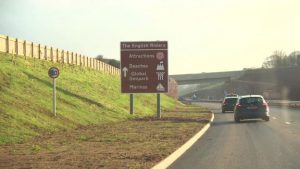
The Bay has a heritage of odd happenings. There’s supposed to be 50,000 ghosts in England, though more people believe in ghosts in Torquay than anywhere else in the country. You can make up your own mind why this might be. However, most ghosts, in the Bay and across the country, are seen indoors and at night. Sceptics could say that this is where people mourn their dead, where people sleep and dream of the dead or just lie drunk or hallucinating in their sickbeds. Yet, occasionally we come across a haunted outdoors, in our fields and open ground, and sometimes in broad daylight.
Let’s start at the Willows, part of the rapidly growing Barton New Town. This is the largest residential area developed in the last 30 years. The traffic light junction is at Scott’s Bridge which has given its name to the Scott’s Bridge Retail Park hosting, among others, Sainsbury’s.
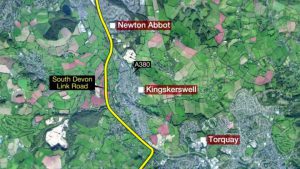
Behind the Willows is Barton Hall which predictably has its own traditional spectres. Yet, more unusual is the land between Kerswell Cross towards Coffinswell which appears to have had a reputation as a haunted valley. The historian Theo Brown recalled her father telling her, “Willowpark Lane crosses a stream and the vicar told me he had frequently heard people talking just as he came to this stream; he also had gone into the fields each side of the lane on these occasions but he never found anyone there. One Sunday evening in the autumn I was returning from church. I was late and walking very fast. Just as I came down the steep hill, on the Coffinswell side of the valley I saw a man and a dog about seventy yards in front of me. I was travelling faster than them and got up to within about three yards of them. They went round a sharp bend in the lane – and absolutely vanished! The hedges here were both seven and eight feet high: it was impossible that they could have got over them in anything under thirty or forty seconds, and I was not two seconds behind them. The man was very thick set and had on breeches and gaiters, with a brown tailed coat and a billy-cock hat (a bowler hat). The dog, which was about the size of a sheep dog, baffles all description. I was so close to the man’s back that I could see the seam of his coat, but the dog was closer. I did not feel at all alarmed”. Incidentally, ghost dogs aren’t at all uncommon – there are at least 50 supernatural canines recorded across Devon. It’s also worth noting that a significant number of ghost sightings happen around pools and rivers. One superstition was that clergymen deposited troublesome spirits in water to prevent them from disturbing the community.
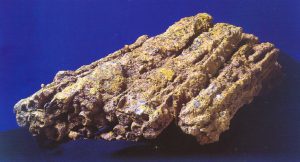
In 1991 a local farmer kept ploughing up rusty iron bars in Coffinswell (pictured above). Eventually, around 80 or so – out of an estimated over 100 – were pulled out of the ground and found to be currency bars, dated to the first or second century BC. Julius Caesar wrote in his ‘Commentaries’ in around 50BC that British tribes used iron bars as well as coins as currency. One suggestion is that these bars may have been left as ritual deposits. Was there something in the land that made our Iron Age Dumnonii ancestors want to leave such valuable commodities it the ground?
The other side of the Newton Road is Shiphay, made up of mainly mixed residential with a wide variety of properties dating from the 1920’s. Now largely built over, Shiphay also had a reputation for the uncanny. In 1935 Theo Brown’s father recalled, “When I was a boy I was told by my father that a manservant was sent one night into Torquay on a pony to get something. He came up Scott’s Bridge at about 10.30pm. It was a very dark night, and when he got about half way up the lane the pony stopped dead and refused to move. At the same time he saw a white figure on the gate of a field on his right hand side. Do what he would, it was a very long time before he could get the pony past this gate with the figure on it, but at last it bolted and came home at a full gallop. The man was much frightened and fainted on his arrival. Nothing would ever induce the pony to go down that lane again; also as a boy I remember that no poacher would send a dog into that field. If they do it rushed out screaming as if something had got hold of it”.
In 1982 Theo recalled, “I myself used to keep bloodhounds, and I often went with one of them down this lane, but every now and then at a certain place the hound would stop and start baying. Every hound I ever had did this, and always at the same place. I have frequently been over both hedges on these occasions, but I never found anyone there at all”.
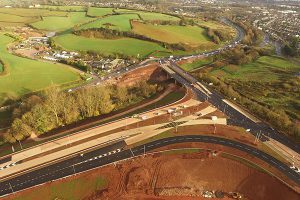
We haven’t got an exact location for this field – we can guess that the lane is now buried beneath the Hospital. On the other hand, Theo’s father further remembered that he had picked up flint arrowheads. The whole area seems to have had some Bronze Age ritual significance. In July 1964, and again in early 1965, deep chasms appeared near the summit of Kingsland Hill. The Water Board investigated and found two passages 12 meters below the surface and several hundred meters long. Fragments of bone and wood were found, indicating that at one time the pits were open.
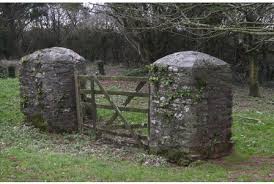
This is, of course, Torquay’s site for public executions – Gallows Gate by the roundabout at the top of Hamelin Way on the A380 (pictured above). To the south is Dada Croft. The similar sounding ‘daudaz’ is Saxon for ‘dead’, so it’s reasonable to see the small enclosed field as a place reserved for the remains of those who died in the immediate area. It’s generally thought, however, that the original site of the gallows was 170 meters to the north of Gallows Gate, at Kingsland, the highest point and where the reservoir now is. One suggestion is that the gallows were moved in the 1820s when public opinion began to turn against disorderly public hangings and the suspended rotting corpses which could be seen for miles around.
Our place for terminal justice has a very long history with thousands losing their lives on that windy ridge. The Haytor Hundred is recorded as being held at Kingsland (the King’s Land). This would have seen gatherings of men called to fight and hold open air courts, as well as providing a good lookout for sighting hostile ships in the Bay. The partition of Devon into Hundreds dates from King Alfred (871-901) and so this could mean that Gallows Gate served for well over a thousand years as a place of execution. We know the Anglo-Saxons used old burial mounds and Bronze Age sites as places for the execution of criminals who were removed from villages to places associated with ghosts and demons.
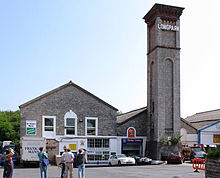
Back to the Old Newton Road and the listed Brunel water pumping station, built in the 1840s to service the steam railway which never did come into use (pictured above). A little further on is Edginswell Village with many listed historic buildings dating from the seventeenth century. The name ‘wielle’ refers to a spring, hence Edginswell is ‘Ecgwulf’s spring’, giving an idea of just how old the original settlement was. In 1992, during survey work at Edginswell Lane for the new road a previously unknown medieval settlement dating from around the thirteenth century was discovered. The medieval remains included the foundations of stone walls, as well as a track way leading to the building from the main road. It’s been proposed that these buildings were abandoned during the Black Death in the mid fourteenth century.
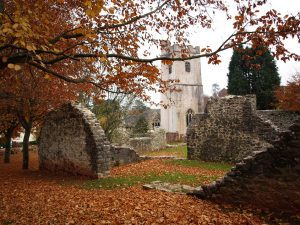
West of Kingskerwell is Kerswell Down, the site of a late Bronze Age/early Iron Age field system, and in the nineteenth century a hoard of over 2,000 Roman coins was found near the church (pictured above and below). Then in 1992, during early survey work for the new road, evidence of a Roman settlement was found at Aller Cross. This was unexpected as there hadn’t been much evidence for Roman activity south of Exeter. A large rectangular ditched enclosure was also uncovered. This seems to have been modified three times, perhaps as a result of increasing wealth and the construction of more elaborate buildings inside the enclosure, the remains of which have been destroyed by later quarrying.
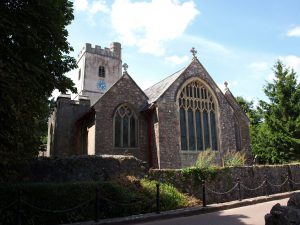
There’s probably a lot more to be discovered and stories of unusual sightings and experiences keep being told. Are these stories true? One theory is that ‘real’ ghosts seldom have a story attached to them – if there is a back-story or a satisfying explanation, then there’s a good chance we’re looking at an invented, imported or embellished tale. These glimpses of unexplained and puzzling incidents in the fields of South Devon may, therefore, be reliable. This doesn’t mean that ghosts are necessarily real, but it does point to something we can’t yet fully understand.


